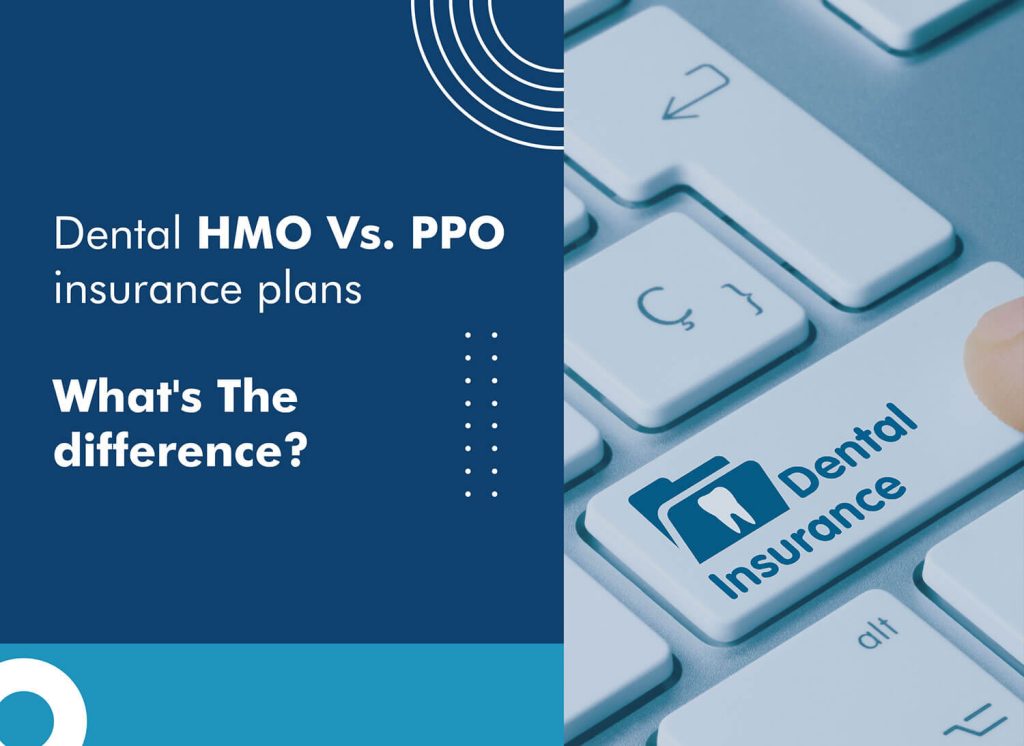Dental insurance plays a crucial role in managing the costs of dental care, covering preventive, diagnostic, and prosthodontic treatments. Before choosing between a Dental Health Maintenance Organization (HMO) and a Preferred Provider Organization (PPO), it's essential to understand the contrasts between these two popular insurance plans in the United States.
A Dental Health Maintenance Organization (DHMO) operates on a managed care model, offering comprehensive dental coverage with an emphasis on preventive care. In contrast, a Preferred Provider Organization (PPO) provides a more flexible approach, offering a network of preferred dentists while allowing patients to see out-of-network providers.
Here are the key differences between Dental HMO and PPO insurance plans:
Networks:
- HMO: These plans typically feature a more restricted network of dentists. Patients must select a primary dentist from within this network, and referrals from the primary dentist are often necessary for specialist visits.
- PPO: PPO plans offer a broader network of dentists, granting patients the flexibility to choose any dentist, whether in-network or out-of-network. In-network dentists usually result in lower out-of-pocket expenses due to negotiated rates.
Referrals:
- HMO: Patients require a referral from their primary dentist to see a specialist, and without it, dental treatment costs may not be covered by insurance.
- PPO: Patients can typically visit specialists without a referral in a PPO plan, providing greater freedom in choosing dental providers.
Costs:
- HMO: Dental HMO plans often feature lower monthly premiums and lower out-of-pocket costs for routine dental care. However, copayments may apply for each visit.
- PPO: PPO plans may have higher premiums but offer more flexibility in selecting dentists. While reimbursement rates are lower for out-of-network providers, coverage for such providers is typically higher compared to HMO plans.
Deductibles and Annual Maximums:
- HMO: These plans may have low or no deductibles and annual maximums, facilitating easier access to dental care.
- PPO: PPO plans might feature higher deductibles and annual maximums but offer greater provider choice flexibility.
Coverage for Out-of-Network Care:
- HMO: Generally, HMO plans may not cover non-emergency out-of-network care, emphasizing the use of in-network providers.
- PPO: PPO plans often provide partial coverage for out-of-network care, albeit with lower reimbursement rates than for in-network providers.
Preventive and Basic Services:
- HMO: Dental HMO plans prioritize preventive care such as cleanings, routine check-ups, and X-rays.
- PPO: PPO plans also cover preventive services along with basic dental procedures like fillings.
When deciding between a Dental HMO and a PPO, consider your preferences, budget, and the importance of provider choice and flexibility. Additionally, carefully review plan details, including coverage limits, waiting periods, and any exclusions.
Pros and cons of each plan:
DHMO:
Pros:
- Lower out-of-pocket costs for preventive care.
- Predictable costs within the network.
Cons:
- Limited flexibility in choosing dentists.
- Requirement for specialist referrals.
PPO:
Pros:
- More provider choices and flexibility.
- Coverage for out-of-network providers at a higher cost.
Cons:
- Higher out-of-pocket costs for out-of-network care.
- Potentially higher premiums and overall costs compared to HMOs.
